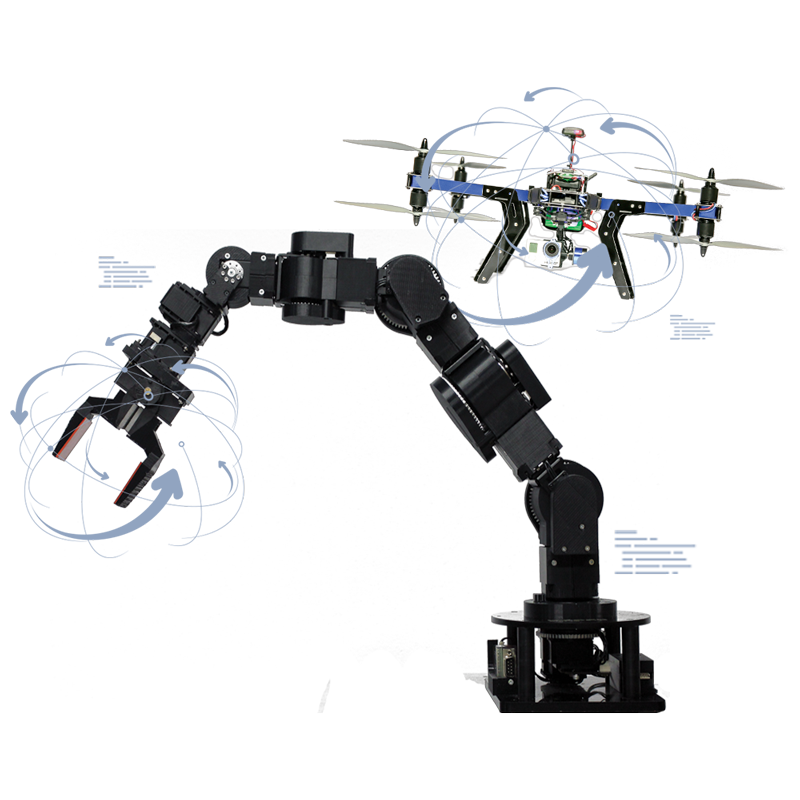Important Parameters
Bias Instability
The bias of a gyroscope is its output in no-rotation mode. Bias instability is how the bias changes over time at a constant temperature and can be difficult to calibrate. The longer a gyroscope operates, the greater its bias error therefore a low bias error is critical for applications that need excellent accuracy over long periods.
Noise
Another important measure of performance is the output noise of the gyroscope. A measure of gyroscope noise performance is known as Angle Random Walk (ARW). There can be a large noise variation among the various industrial gyroscope vendors, so designers typically pay extra attention to this parameter.
Vibration
Vibration performance can be important in many industrial applications. And it can be challenging to ensure a gyroscope performs accurately in the presence of a humming motor or similar noise sources. Vibration can be modeled as noise in the gyroscope output, possibly resulting in inaccuracies that are too large to accommodate. Design considerations, such as aggressive antialias and decimation filtering, can help minimize vibration issues. But the less sensitive the gyroscope is to vibration, the less aggressive these filters need to be.
Cross Axis
Many modern industrial gyroscopes have been restricted to one or two axes. Thus, these discrete sensors have had to be combined when an application calls for three axis sensing. This requires a precise 90° alignment on a PCB. Otherwise, cross axis alignment errors propagate to the final representation of the motion. To minimize the cross-axis errors, developers must implement system-level calibration routines. In contrast, a single-chip three-axis MEMS gyroscope is calibrated during the manufacturing process to cancel out all cross axis errors. This eliminates a calibration step for system integrators.
Temp Range
Industrial applications generally entail a –40 to 105°C temperature range versus the –40 to 85°C range for consumer-grade devices. Performance will degrade as temperatures reach extreme levels and can greatly affect the bias instability, noise, sensitivity, and overall performance.



